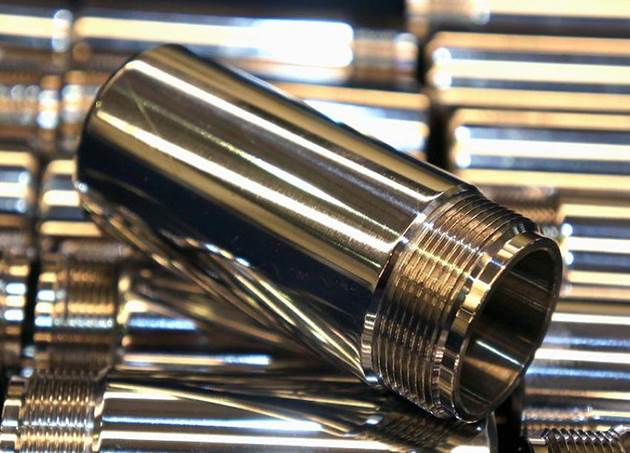What is High Phosphorous ENP?
High phosphorus deposits of ENP (10-14% phosphorous) is also amorphous, which means that there are no grain or phase boundaries to create initiation sites for corrosion. The uniformity of ENP versus electrolytic deposits is also advantageous, creating a uniformly thick coating across the whole substrate; even in slots, holes and inside walls of tubing. Without heat treatment corrosion resistant high phosphorus ENP still provides good hardness and wear resistance properties.
High Phosphorous Electroless Nickel Plating is commonly used on components exposed to aggressive usage or hostile environments. In some applications, the use of Micro Plating High Phosphorus Electroless Nickel allows the substitution of less expensive materials as a low-cost alternative for hard-to-machine or stainless steel alloys.

Applications
Optical components
Hydraulic valve bodies
Military weapons
Computer and electronic enclosures
Mechanical hardware
Pistons
Easily cleanable
Aluminum rims
Automation / Robotics
Benefits
- Excellent Corrosion: High Phosphorous ENP offers excellent corrosion resistance to common corrodents such as saltwater, carbon dioxide, oxygen, and hydrogen sulfide.
- Uniformity: Thickness can be tightly controlled for engineered coatings, which are free from edge build-up. Even complex geometries can be evenly coated with this process.
- Wear Resistance: Without heat treatment, corrosion-resistant high phosphorus ENP still provides good hardness and wear resistance properties.
- Cost-Effectiveness: High Phosphorous ENP offers a cost-effective solution for applications subject to conditions where wear and corrosion are factors.

